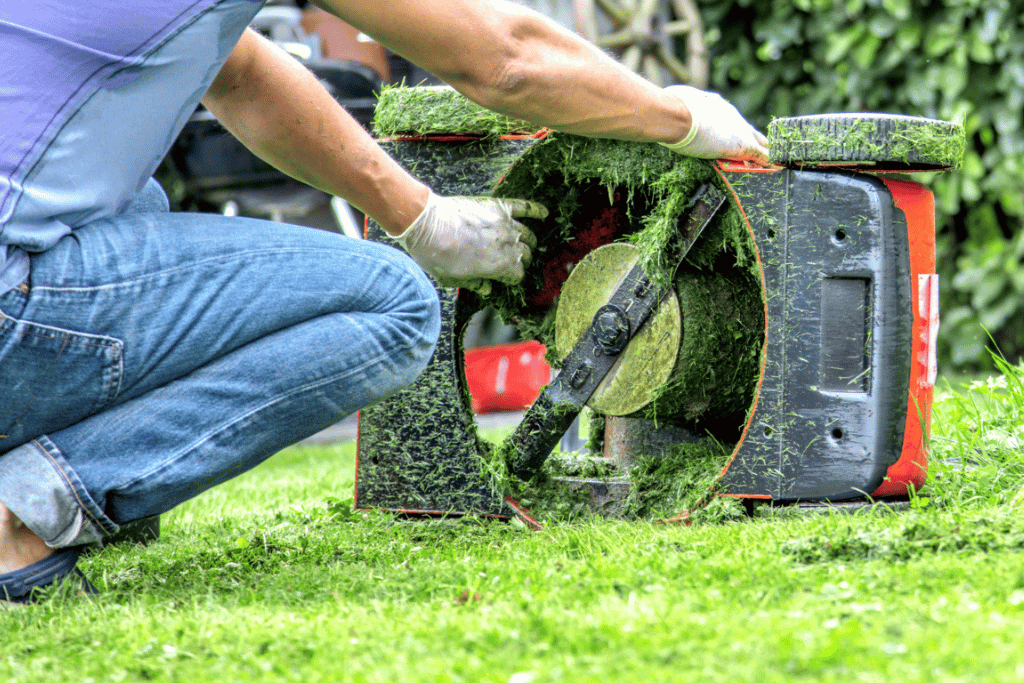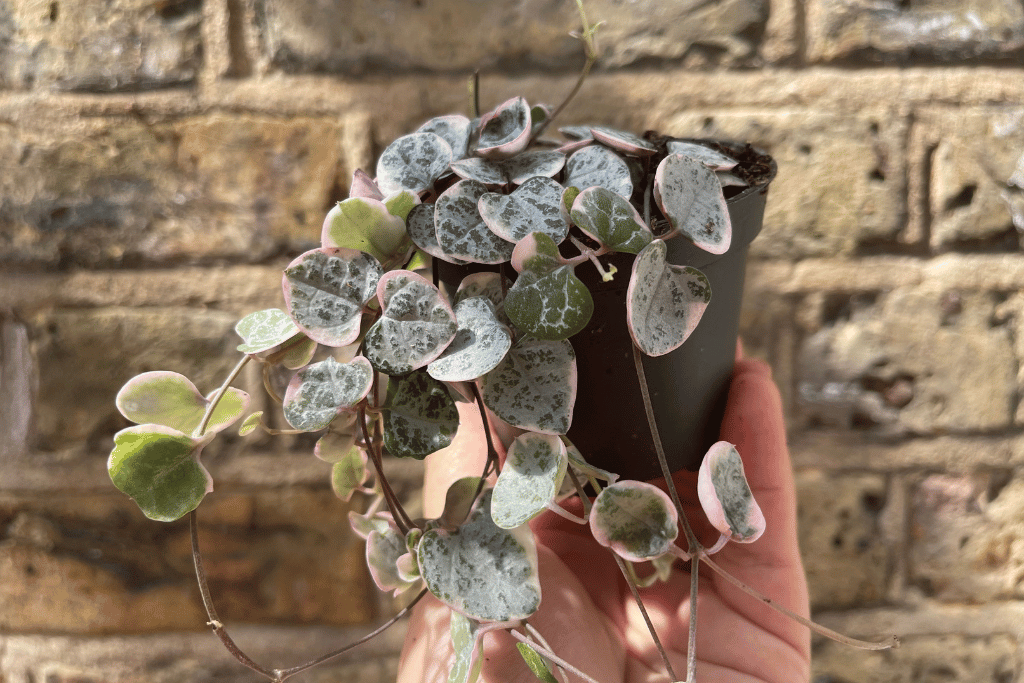
The variegated string of hearts is a true work of art – one crafted by the hands of nature that requires an artist’s eye to keep it healthy. This masterpiece will not just survive, but flourish with proper care and attention. So, unlock your inner artist and discover the beauty this plant has to offer! With dedication comes reward: a lively plant sure to leave its mark on all who care for it.
Let’s dive in and learn how to care for variegated string of hearts.
Watering: The Art of Balance
Nurturing your variegated string of hearts demands a careful balance between providing adequate moisture and avoiding over-watering. A study conducted by Wisconsin has revealed that overwatering is in fact, one of the principal triggers for plant death – yes, too much water can be equally harmful as not enough! Thus it’s important to stay vigilant; if you’re careless with your watering habits then sadly, your beloved plants may soon fall prey to its effects.
If you want your variegated string of hearts to remain in perfect hydration balance, then here’s what you should do! Ensure that the pot has drainage holes since this plant prefers well-draining soil. When the top inch of earth feels dry to touch, it is time for watering; just remember to water the ground rather than its leaves as wet foliage can bring about fungal issues.
Also, bottom watering is the preferred technique for this plant; it involves placing a saucer beneath the pot so that its roots can take in water.
Lighting: The Key to Growth
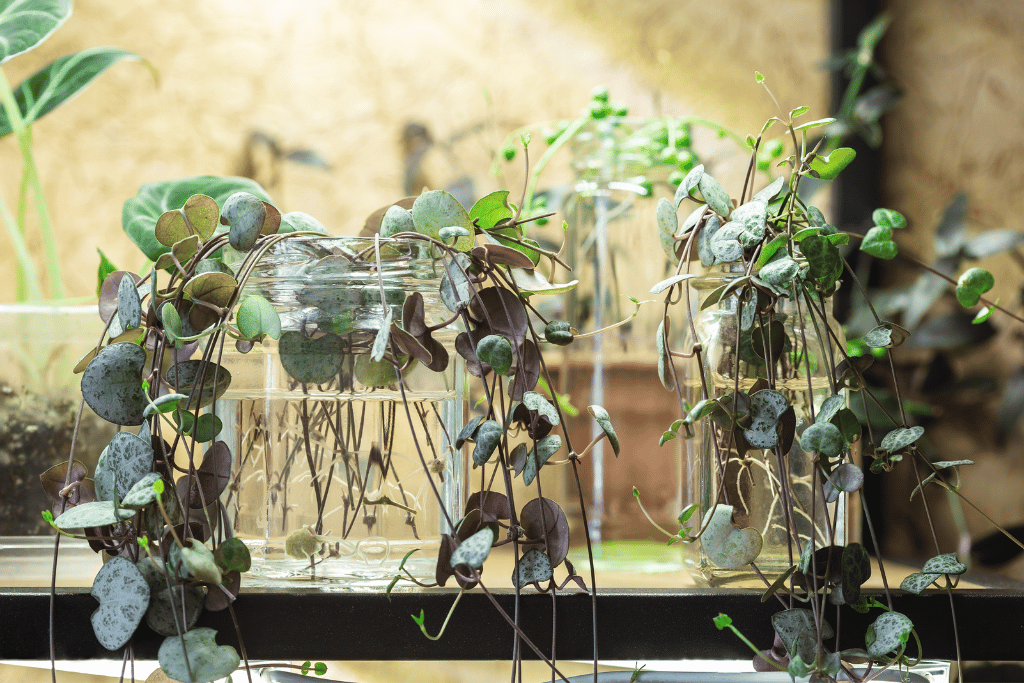
Consider light as the nutrient that fuels your plant’s growth. Without sufficient lighting, it is unable to develop and flourish.
To ensure the health and longevity of your variegated string of hearts, place it in an area with bright, indirect light like a north-facing window. But be sure to keep direct sunlight away from its leaves as this can cause irreparable damage.
Giving it light for 3-4 hours is sufficient.
Temperature and Humidity: A Tropical Haven
For your variegated string of hearts to thrive, it must be situated in an area with a warm and humid climate.
To ensure your plant grows strong and healthy, maintain a temperature between 60-85°F with the use of a humidifier to reach the ideal humidity. Additionally, keep it away from drafty areas that could damage its leaves and suppress growth.
Fertilization: Feeding the Beast
Feeding your variegated string of hearts with the right fertilizer is absolutely essential for healthy growth and vibrant coloration. It’s important to recognize that too much or too little can be damaging – an excess amount may burn roots, while not enough will stunt growth. So, finding a fertilizing balance is key here!
To ensure lush growth, chemical fertilizers must be applied to your plants regularly. A balanced fertilizer with equal parts nitrogen, phosphorus, and potassium should be used every two to four weeks during the growing season while during the winter months you can reduce fertilization.
Pruning: Keeping it in Shape
Picture having hair that’s difficult to manage and unkempt. You won’t be feeling your best when you don’t look your best, the same is true for a variegated string of hearts if it’s not pruned regularly. An overgrown plant can quickly lose its aesthetic appeal without maintenance.
Consistent pruning not only prevents the over-elongation of your plant, but also promotes new growth. For best results, use a pair of clean, sharp shears to remove any yellow or dead foliage from your plants. To further stimulate branching and fuller growths, pinch back the stems as well!
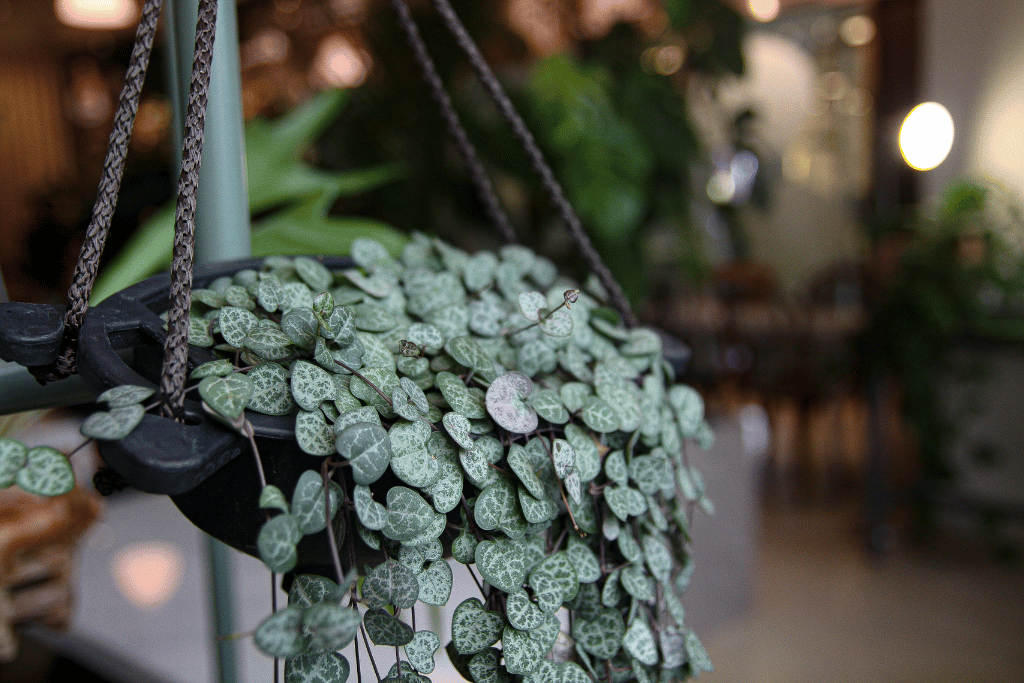
Repotting: A Room to Grow
If you observe that your string of hearts is appearing unhappy, and not growing as it was previously, this may be an indication that the plant is root-bound and in desperate need of repotting.
Spring or summer are the ideal times to repot your variegated string of hearts, allowing it much needed space for growth and ensuring that it is never root-bound. Repotting at this time will also stimulate its active development as well!
When selecting a new pot, go one size up from the current one and make sure it has drainage holes. To ensure your plant’s health, use soil with excellent drainage capabilities and carefully transfer the plant to its new home without disturbing any of its roots.
Soil: Your Plant’s Home
The soil nutrient content and drainage capabilities are essential for any plant’s growth – including the variegated string of hearts. Selecting a suitable type of soil is therefore paramount to providing your little green friend with everything it requires to thrive!
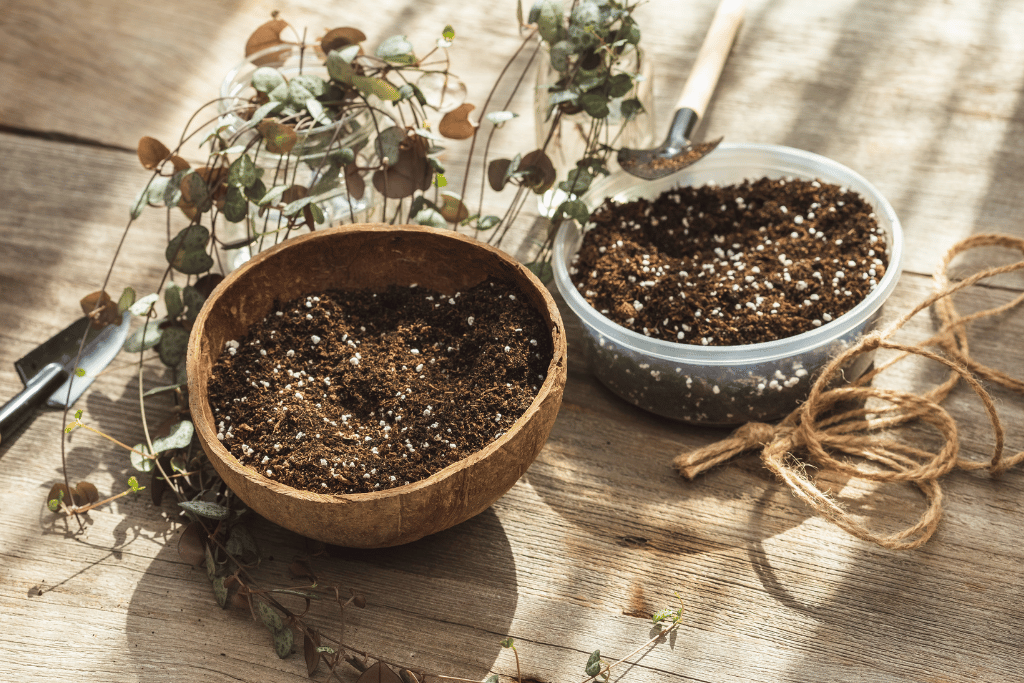
The variegated string of hearts thrives in soil with good drainage and air circulation – a mixture of peat moss, perlite, and vermiculite is the perfect combination. This mix will keep the plant hydrated while also ensuring that it doesn’t become waterlogged by retaining sufficient moisture levels.
Diseases And Pests: The Nightmare
Despite the most conscientious care, variegated string of hearts plants may succumb to certain diseases and pests. Several issues can plague this hardy plant if proper attention is not given.
A regular concern with this type of plant is root rot, which can happen when there’s too much watering. This fungal condition will cause the roots to become discolored and wilting or death may occur. To prevent it from happening, ensure your plants are in proper soil that drains well and be particular about how much water you give them.
Another issue to be mindful of is spider mites, which can cause destruction by discoloring the leaves and creating a speckled look. As they thrive in hot, dry conditions, keeping up with humidity levels will assist in preventing an invasion. If you do happen to spot any spider mites on your plants, try using a simple combination of water and dish soap as a spray or reach for some insecticidal soap at the store.
Conclusion
So, that’s all folks. We hope our guide on how to care for variegated string of hearts will help you keep your string of hearts in the best shape possible!
Frequently Asked Questions (FAQ)
How do I make my variegated string of hearts more full?
For a lush, fuller look of your variegated string of hearts, pinch off the budding tips to encourage branching. This will stimulate new stems and promote a full appearance. Moreover, regular fertilization is essential for growing healthy foliage.
What pots are best for string of hearts?
If you want to ensure that your string of hearts plants thrive, go for pots with excellent drainage capabilities; this will keep them safe from overwatering. Terra cotta containers prove ideal as they enable air and water to come in contact with the roots – a must-have for healthy root development. For an extra boost, opt for hanging planters or those paired with trellises! This encourages their bushy yet trailing habit too.
What is the best way to water string of hearts?
The best technique for watering the string of hearts plant is bottom watering. Here, you put your pot in a saucer filled with water and let it soak from below up into the soil to give roots what they require without drowning them. This way also protects against overwatering as an added benefit!
Why is there a ball on my String of Hearts?
Have you noticed a small, orb-like structure on your String of Hearts plant? Fear not! It may likely be an aerial tuber (bulbil) – these are natural components of the plant’s growth and reproduction process that form along stems when it is under stress. These spherical structures can even help propagate the species; however, if desired they can also be removed without causing harm to the greenery.



